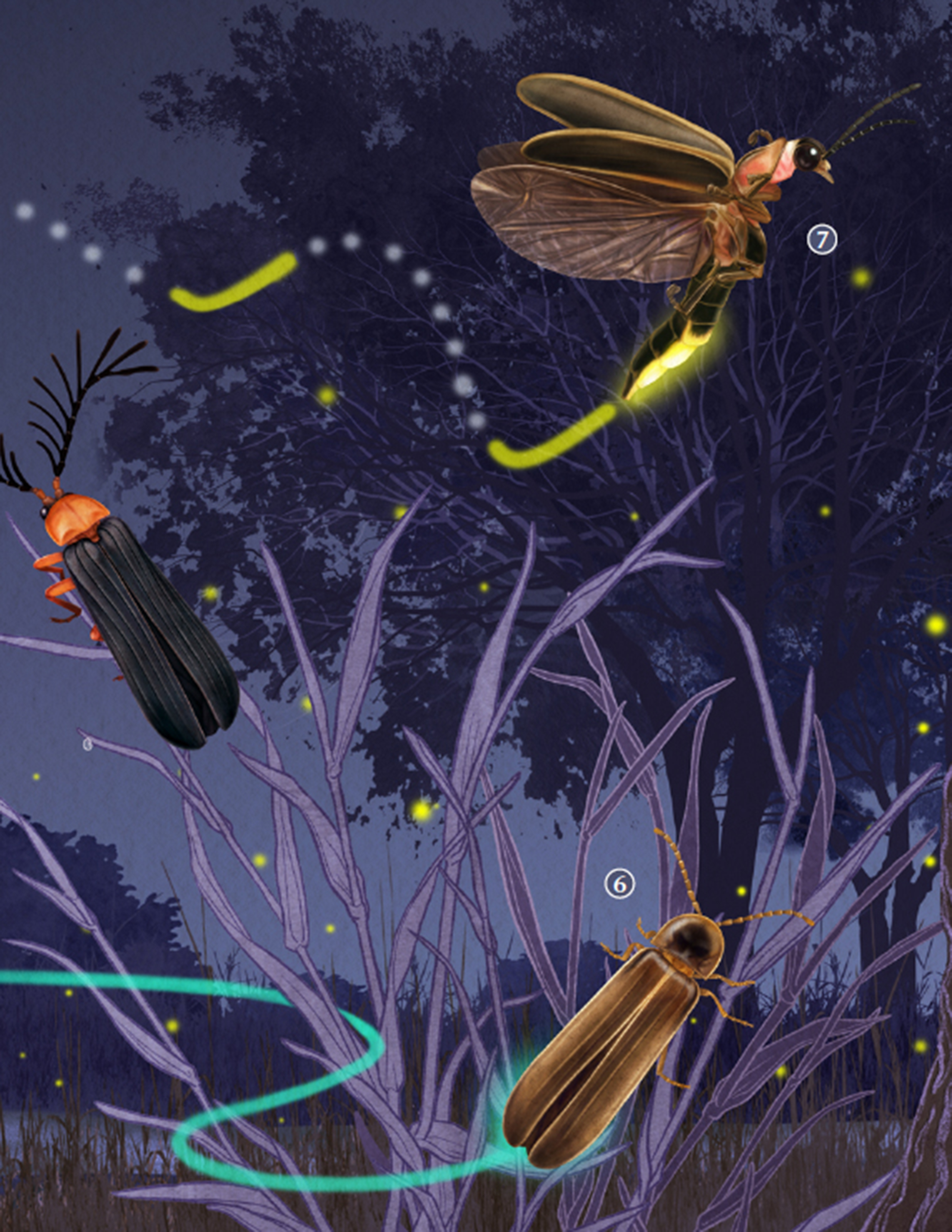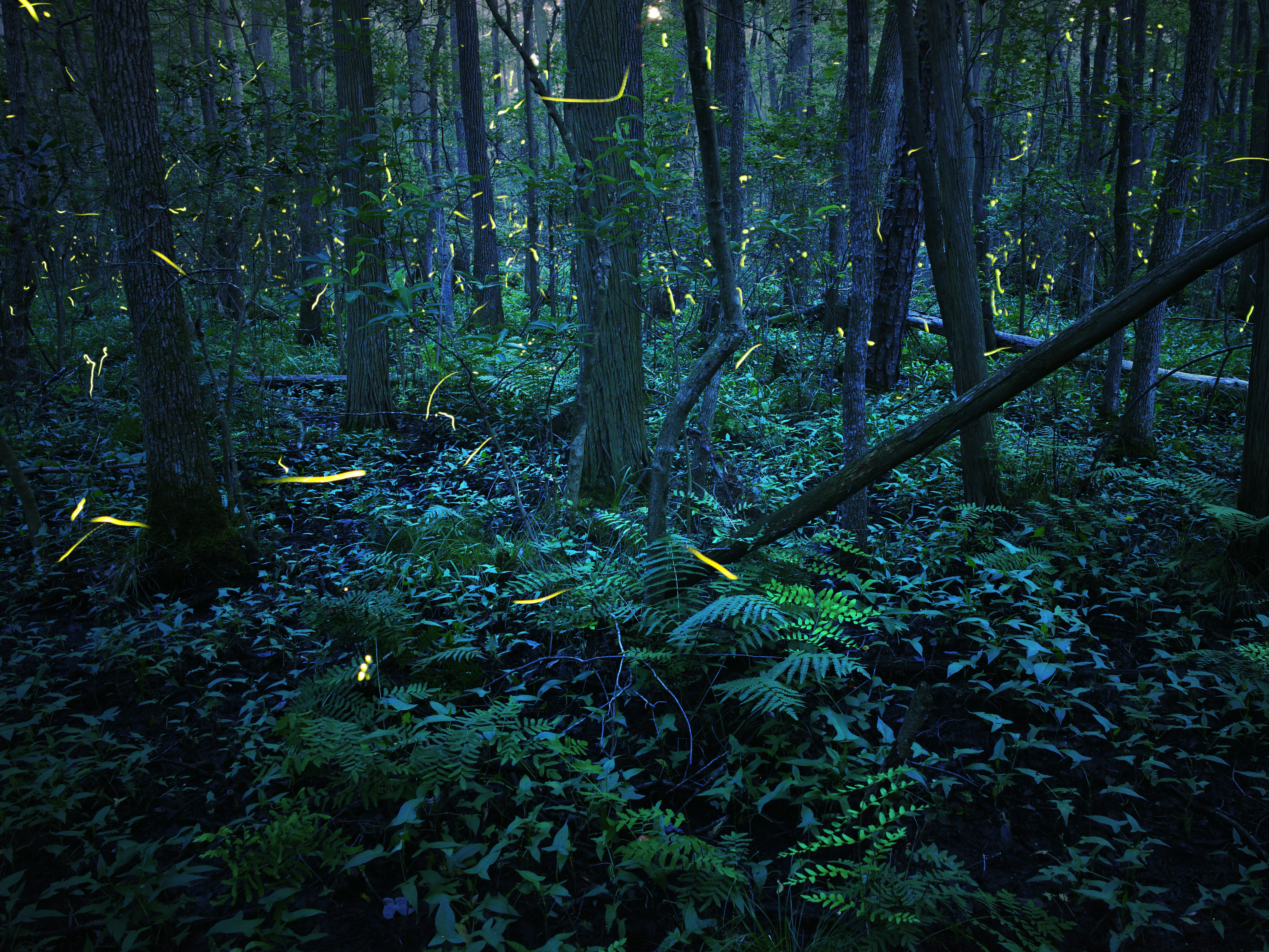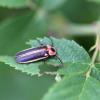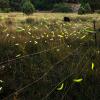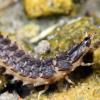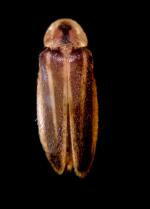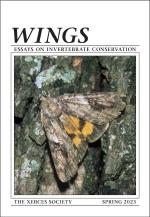Most firefly researchers agree that habitat loss and degradation, light pollution, pesticide use, and climate change are the leading threats to fireflies. Despite concerns about potential population declines, fireflies have received relatively little conservation attention. You can help initiate this important conversation by advocating for fireflies in your community, participating in community science projects that track their distributions, and taking steps at home to turn out your lights at night and identify, protect, and restore high-quality firefly habitat.
Everyone can contribute to firefly conservation. For detailed recommendations, check out our conservation guidelines and other resources highlighted below. Here are some simple actions you can take today:
- Provide habitat! Set aside a part of your yard or garden where things can get a little wild
- Avoid pesticide use, which can kill fireflies and their prey or degrade habitat
- Turn off your outdoor lights at night, especially during the summer firefly season
- Contribute to our collective firefly knowledge by participating in a community science project
- Spread the word and let others know about fireflies and their needs
- Donate to the Xerces Society, which is working to conserve fireflies
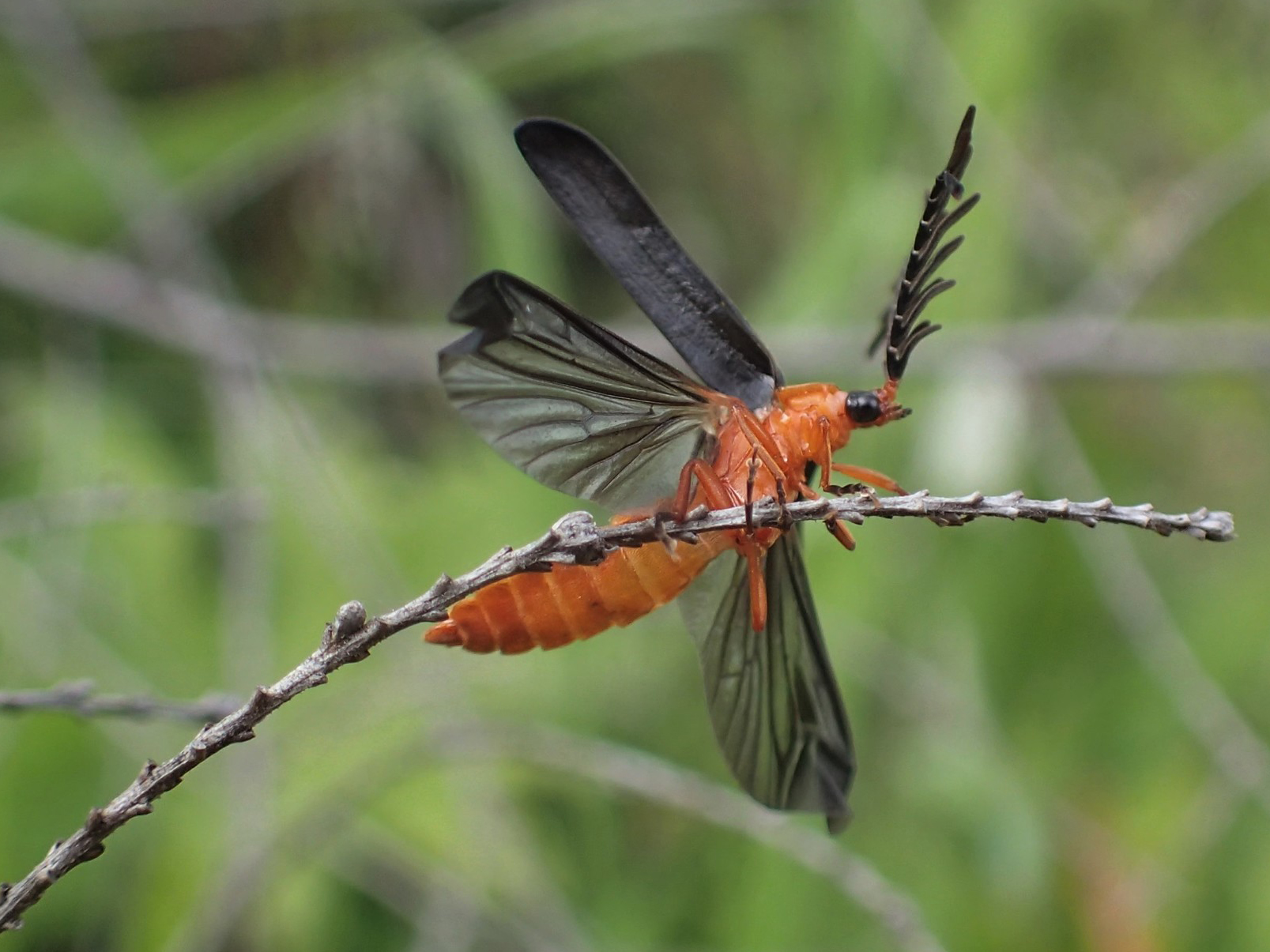
Contribute to Firefly Community Science Projects
See our Firefly Community Science page for more information on how to get involved with data gathering efforts.
(Photo: Asa Spade, iNaturalist / Flickr Creative Commons)

Adopt Firefly-Friendly Practices
Using our newly-published guidelines, Conserving the Jewels of the Night: Guidelines for Protecting Fireflies in the United States and Canada, and our upcoming firefly fact sheets, you can implement firefly-friendly practices on your farm, in your garden, or anywhere!
(Photo: Radim Schreiber, fireflyexperience.org)

Advocate for Imperiled Species & Spread the Word
Of particular note is the Bethany Beach firefly, which is known from only a few sites along the Atlantic Coast in Delaware. Residential development and rising tides due to climate change threaten this critically endangered species.
(Photo: Christopher Heckscher)
In general, fireflies need just a few basic things: food, shelter, moisture, protection from pesticides, and for some species, dark nights. By keeping these requirements in mind, you can easily provide for fireflies in your yard, park, or natural area.

Abundant Larval Food Sources
Including soft-bodied invertebrates such as snails, slugs, and earthworms.
(Photo: Heinz Albers / Wikimedia Commons)
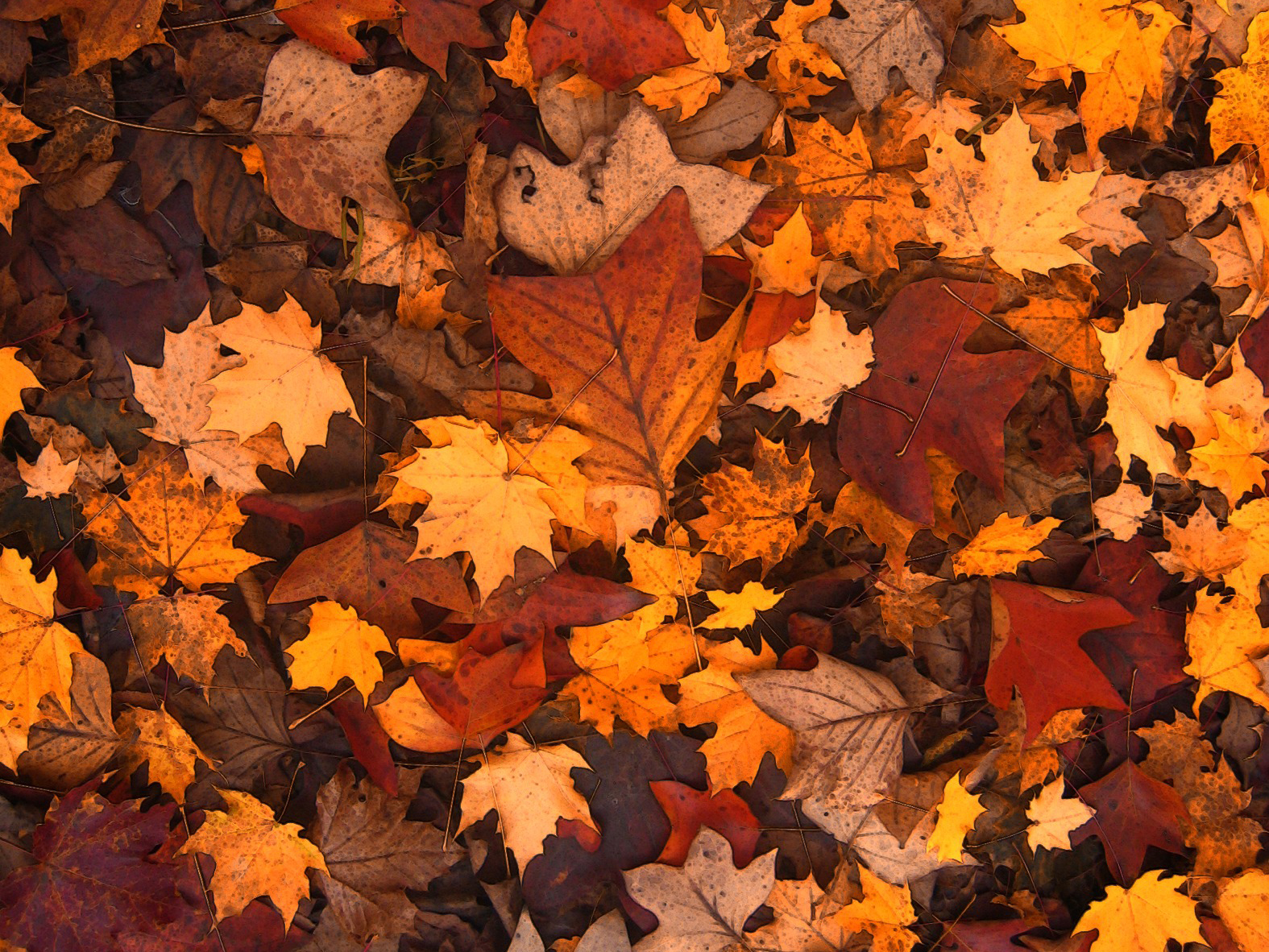
Safe Places to Overwinter
Including trees, leaf litter, and underground burrows. Learn more about the value of Leaving the Leaves!
(Photo: Public Domain / Pexels.com)

Native Vegetation of Varying Heights & Clean Sources of Water
or moisture for perching, shelter, and protection from desiccation.
(Photo: Justin Wheeler)

Protection from Pesticides & Ground Disturbing Activities
Broad-spectrum insecticides especially pose risks to fireflies, but minimizing pesticide use overall is advised. Ground disturbances such as tilling should also be avoided when and where possible.
(Photo: Katja Schulz / Flickr Creative Commons 2.0)

Dark Nights
Dusk- and night-active fireflies need darkness in order to use their bioluminescent light signals to communicate. Learn more about the value of dark skies here.
(Photo: Radim Schreiber, fireflyexperience.org)


